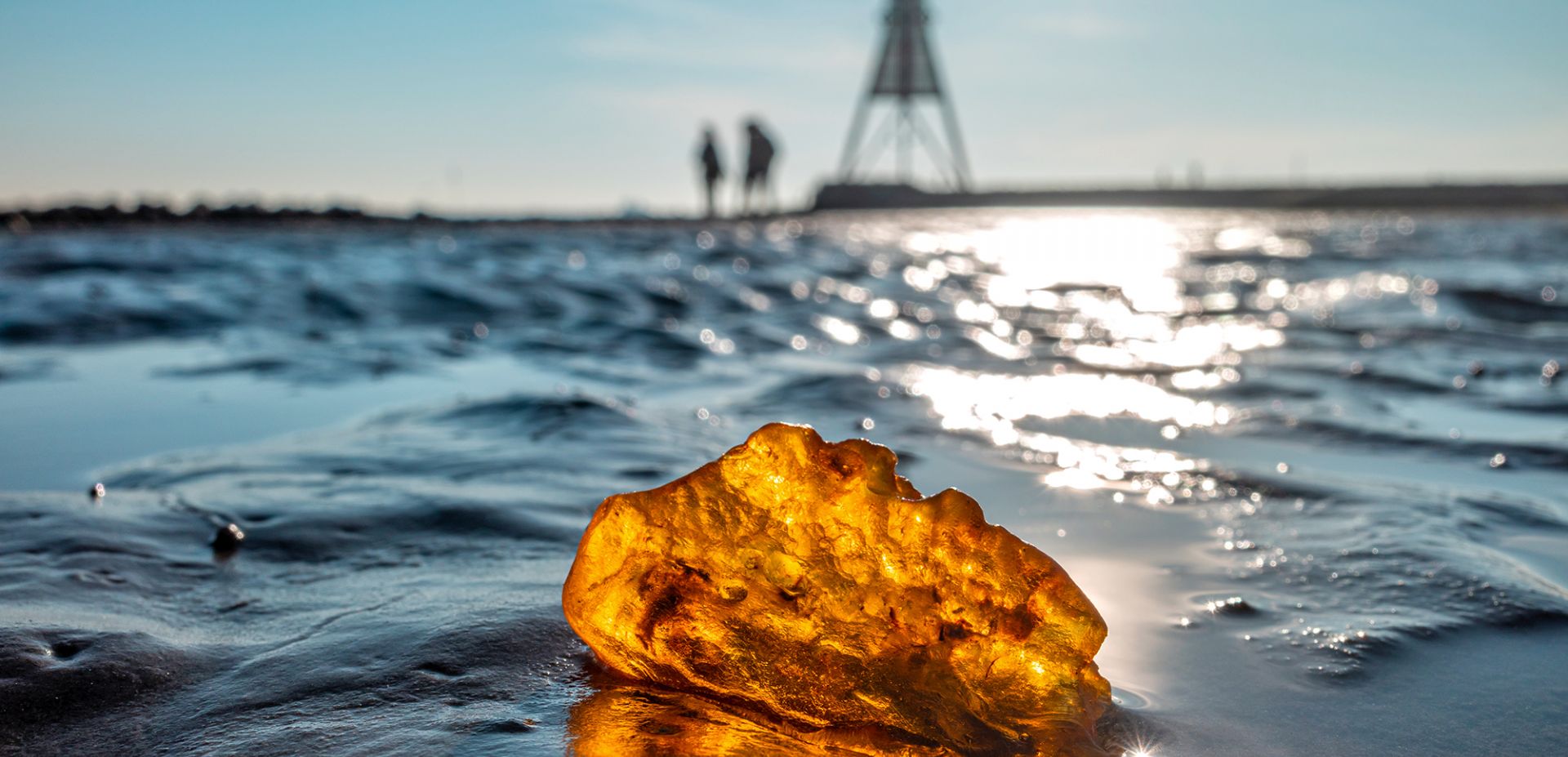Holiday tips
Discover, experience & enjoy
Cuxhaven has more to offer than just the sea! Whether it's mudflat hiking, cycling along the dykes, a trip to the island of Neuwerk or simply relaxing on the beach – here you will find the perfect holiday experience for every taste. In our overview, we have compiled the most beautiful destinations, activities and insider tips for your stay in Cuxhaven. Be inspired and make your North Sea holiday unforgettable!
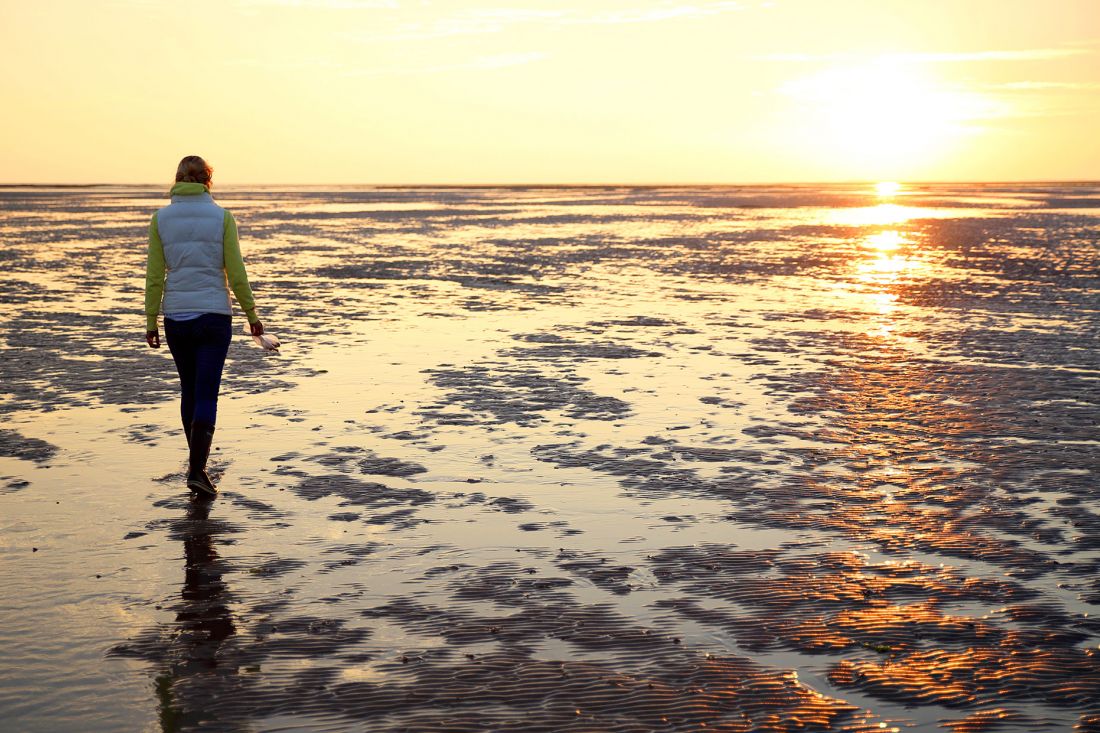
Wadden Sea
The Wadden Sea starts right on our doorstep and is the largest national park in Germany. It becomes visible twice a day at low tide. The tides from low tide to high tide therefore change daily.
‘Ebb’ means the water level falling from high tide to low tide. The animals and the Wadden Sea become visible.
‘Flood’ means the water level rising to high tide. A ‘normal water level’ is defined as a height of approximately 6.5 metres. A storm surge is defined as 2 metres above normal high tide.
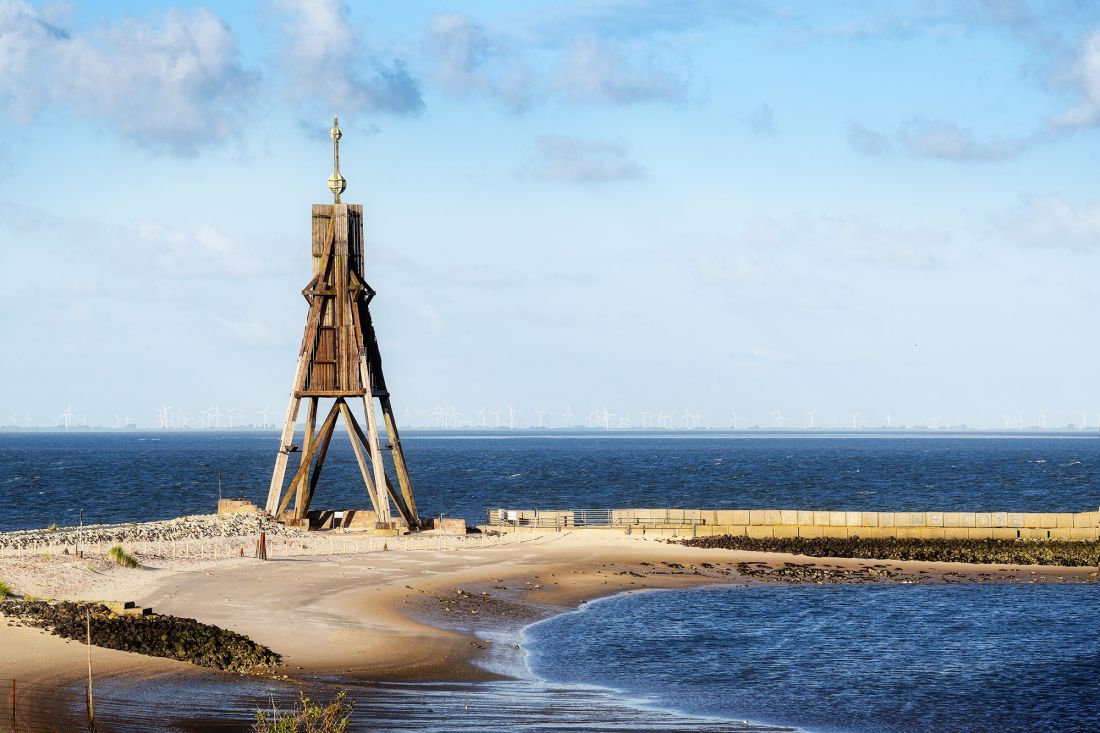
Kugelbake
This beautiful landmark at the tip of Cuxhaven served as a navigational aid for sailors. The so-called ‘beacon’, also known as a ‘navigation mark’, is 29 metres high and made of wood. It symbolises the end of the Elbe and the beginning of the North Sea.
It currently marks the northernmost point of Lower Saxony and is a listed building. It is also a particularly beautiful destination for an outing. Both from the ‘Alte Liebe’ and from our beautiful ‘Hotel Seelust’, it is a popular destination for a short walk, about 5-6 km away.

Wernerwald
This forest covers an area of approximately 315 hectares and stretches across the districts of Sahlenburg, Holte-Spangen and Arensch. It is located directly on the North Sea coast and is home to many pine trees. In addition to the many trees, there is the Finkenmoor and a pond with small seating areas. There are also several hiking and riding trails that lead to the mudflats.
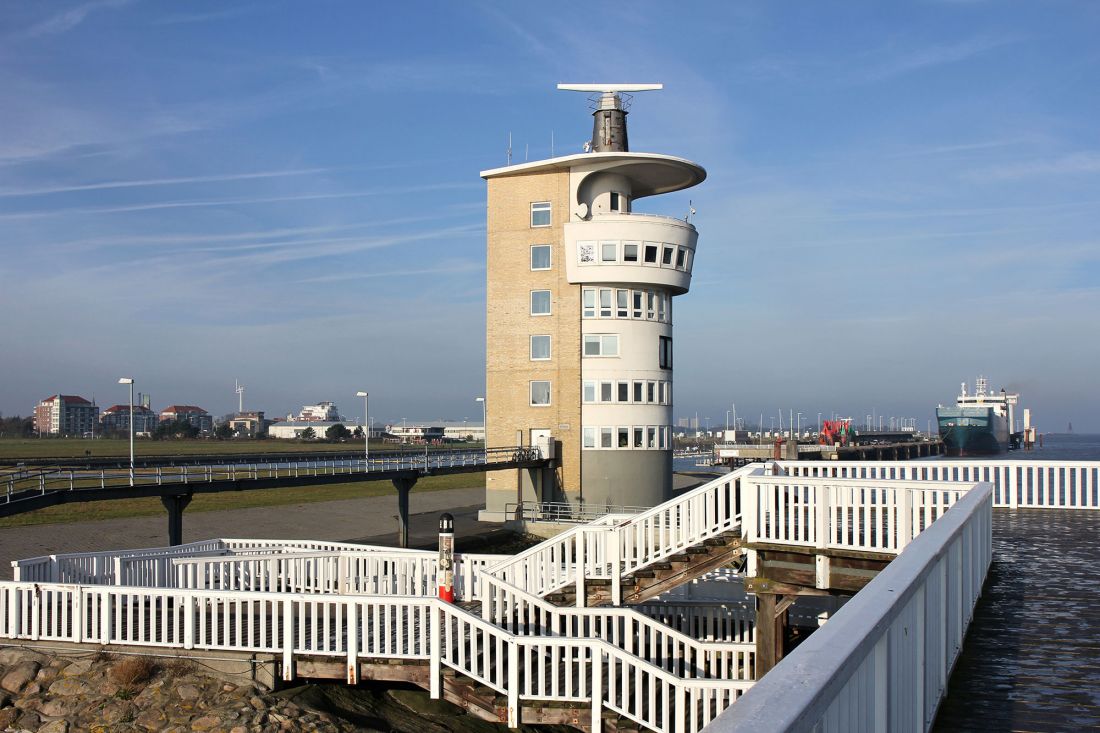
Alte Liebe – viewing platform
The Alte Liebe is a viewing platform with white railings that used to be a pier. It's right in the harbour area and looks out over the Unterelbe shipping channel. Alte Liebe was originally three sunken ships. The aim was to reinforce the harbour, which had been damaged by storm surges, and to secure the large beacon that marked the harbour entrance at the time. After being used as a landing stage and renovated several times, information about passing ships is now announced via loudspeakers.
In the immediate vicinity are the Cuxhaven wind semaphore, the Hamburg lighthouse and the minesweeper memorial. The name comes from the foremost sunken ship, which was called ‘Die Liebe’ (Love).
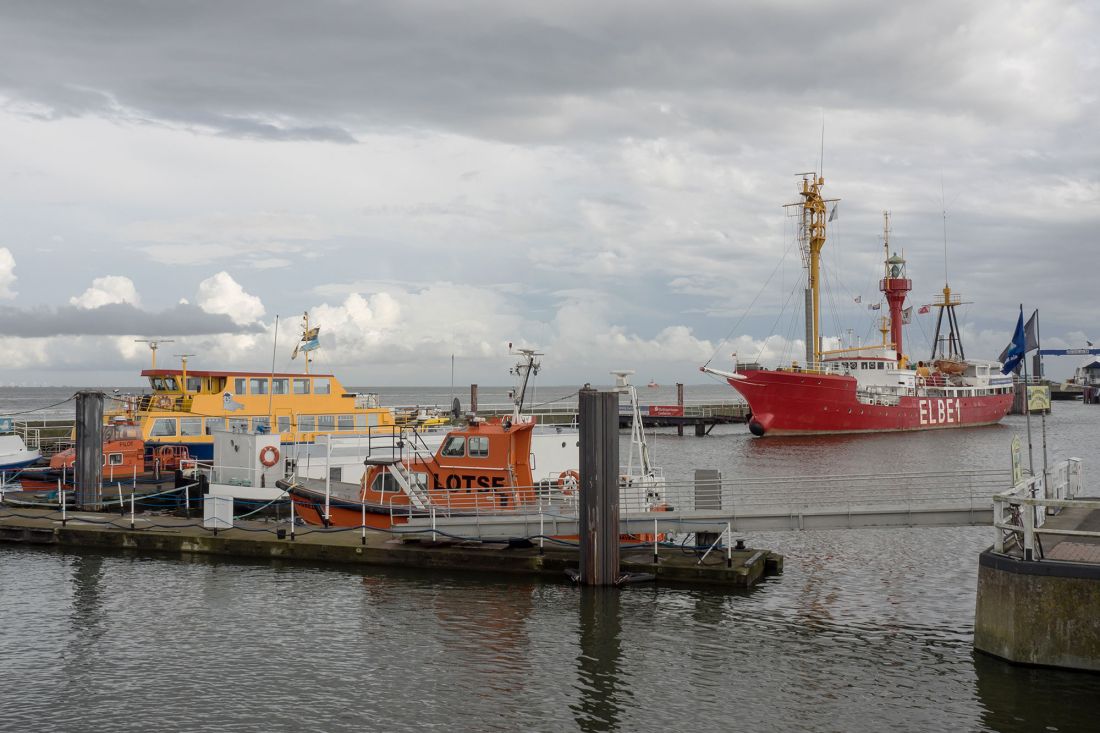
Lightship Elbe 1
The lightship Elbe 1 is moored on the inside of the historic ‘Alte Liebe’ bulwark in the Old Harbour and is now open to the public as a museum ship.
Lightships served as ‘floating lighthouses’ for international shipping, guiding ships safely through the sandbanks into the Elbe estuary or out to sea. The Elbe 1 is named after its position. The accommodation with cabins, galley, crew and officers' mess are open to visitors, as are the impressive engine room and, of course, the bridge. All nautical and technical equipment and instruments are fully functional at all times. This distinguishes the Cuxhaven lightship from many other museum ships.
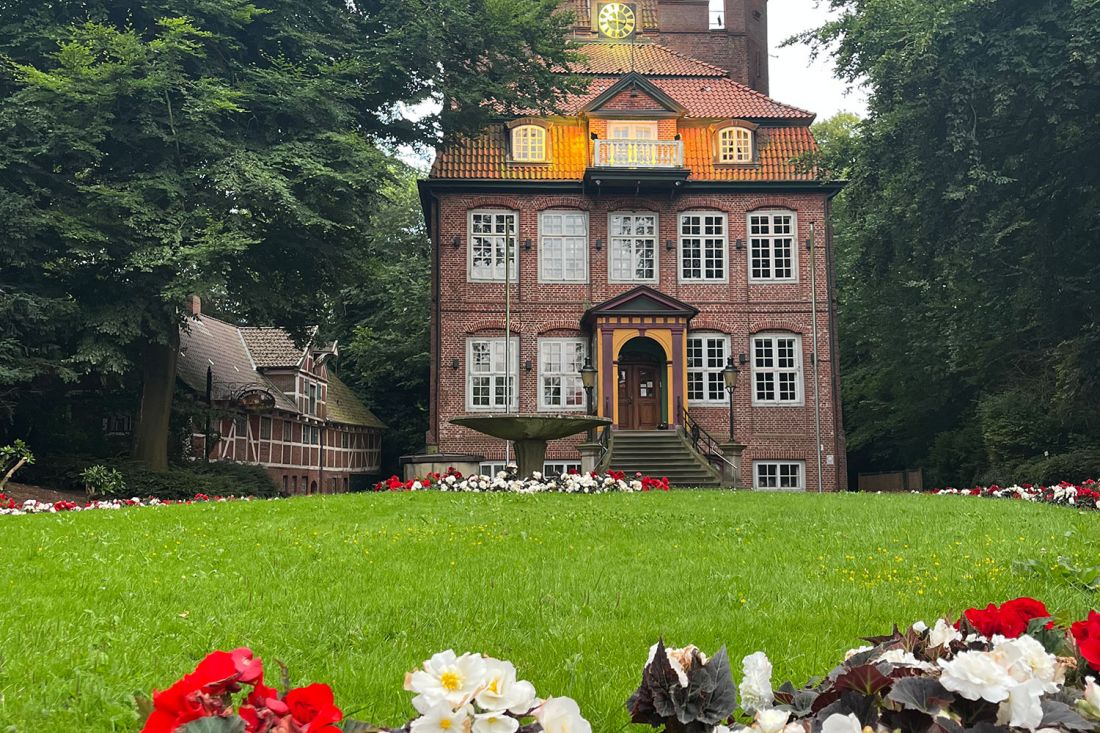
Ritzebüttel Castle
This beautiful castle is located in the immediate vicinity of the city centre. It is the residence of Hamburg's magistrates. The castle, parts of which date back to the 14th century, is one of the oldest surviving secular buildings. Today, it is open to visitors and is also regularly used for special occasions such as weddings. Surrounding the castle is the ‘Schweizerhaus im Schlosspark’ (Swiss House in the Castle Park), which was built in 1847 in Swiss style as a tea house in the gardens of Ritzebüttel Castle.
The war memorial in the castle park dates from 1932 and was designed in memory of those who fell in the First World War.
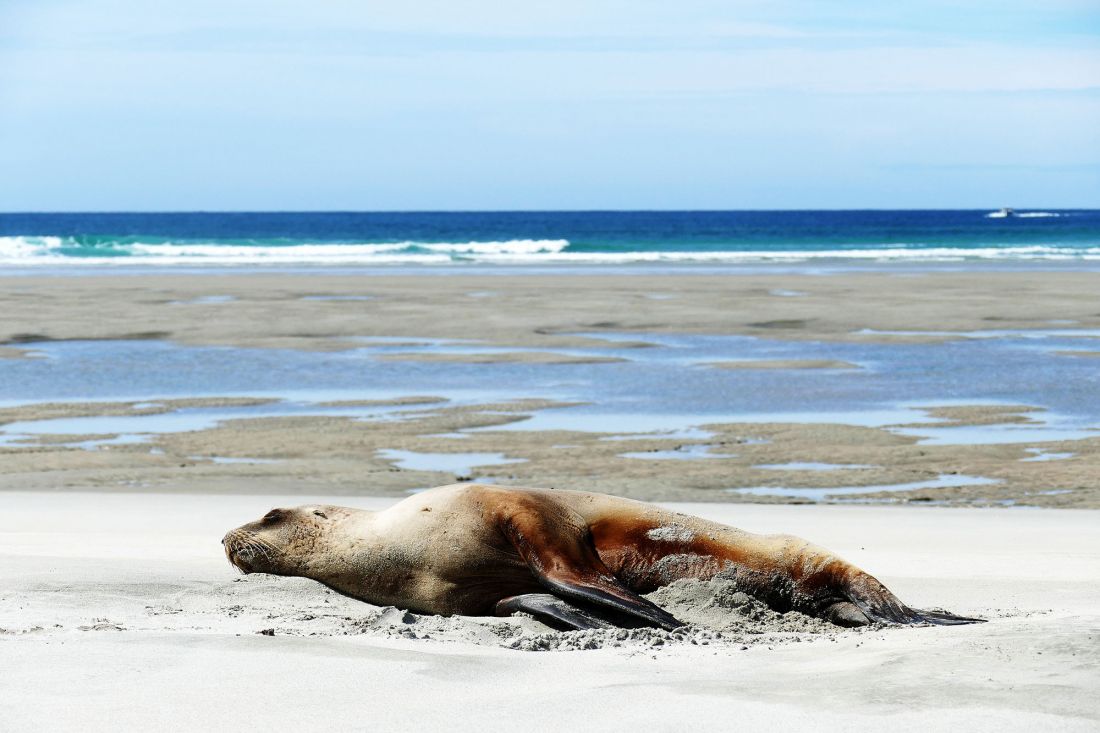
Visit to the seal banks
The sun shines on their faces as they enjoy the fresh sea air and sit on the upper deck. A total journey time of 1.5 hours takes you to small sandbanks full of seals. These endangered animals are protected by their special status. Have a wonderful family time with Cassen Eils, with plenty of time to observe the seals in their natural habitat. During the trip, you will also receive interesting information about these marine mammals.
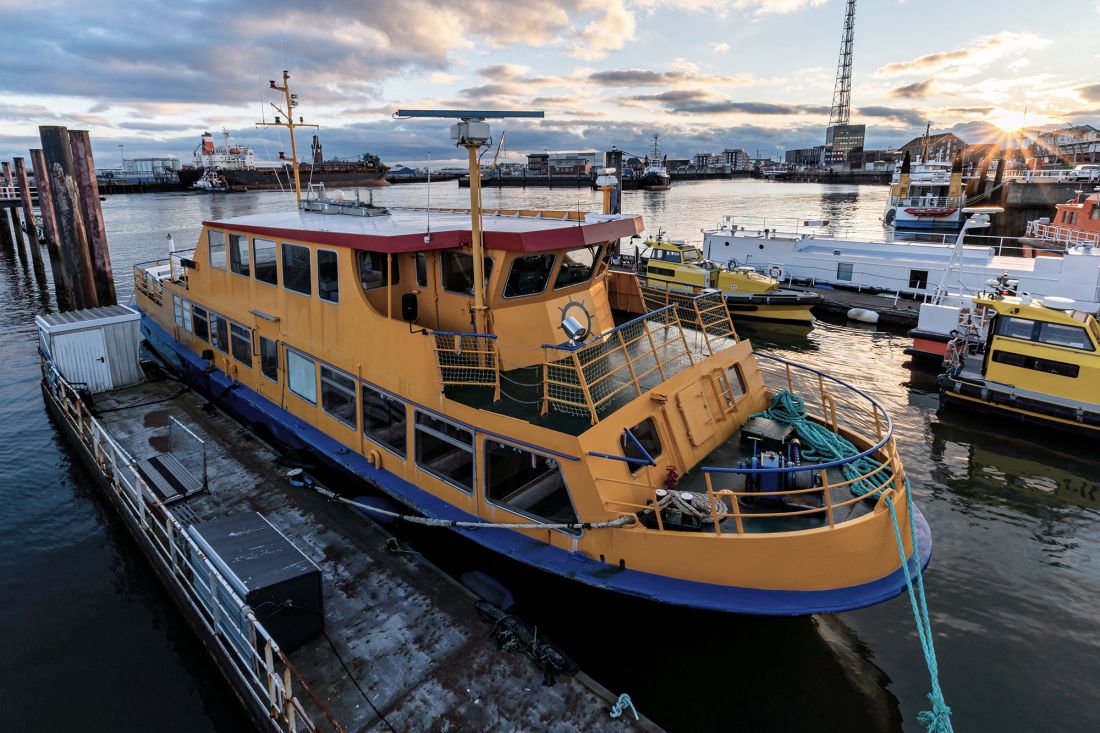
Harbour tours by boat
Enjoy beautiful moments that make the port of Cuxhaven shine. Relax on a boat and enjoy the sights of Cuxhaven from the sea. From Steubenhöft to Mützefeldwerft to Kugelbake, there is something for everyone, young and old alike.
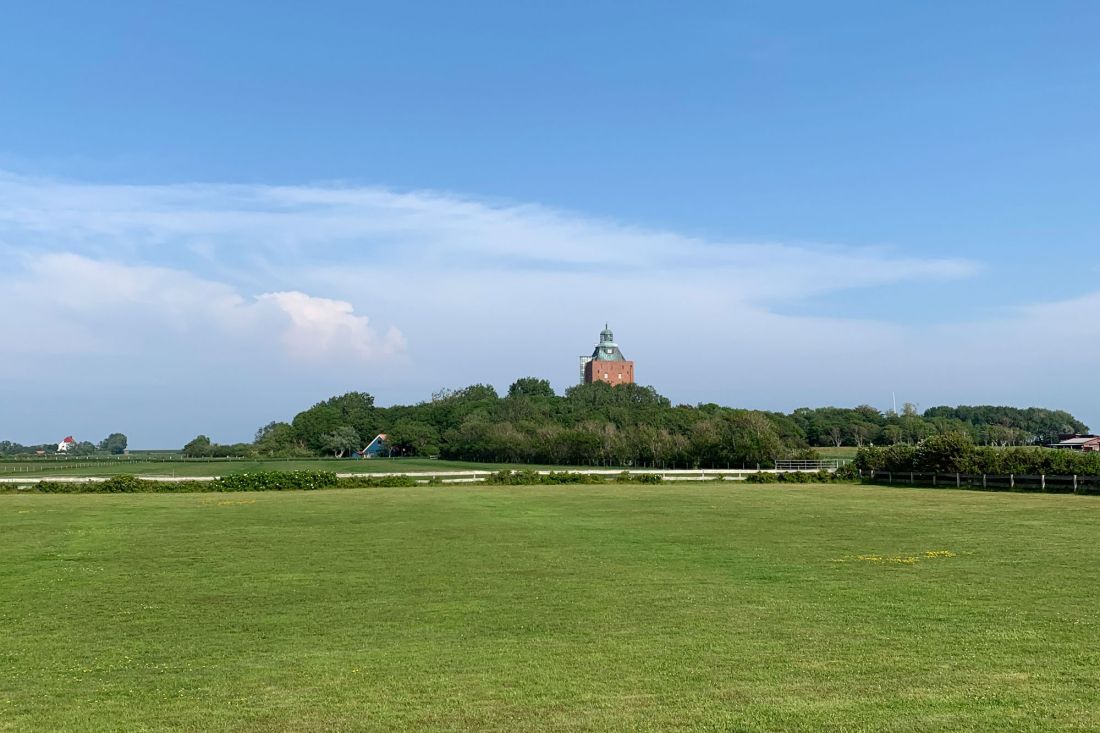
Neuwerk
Neuwerk is located at the mouth of the Elbe River and, together with the neighbouring islands of Scharhörn and Nigehörn, forms the furthest district of Hamburg. Neuwerk has fewer than 40 inhabitants and covers an area of approximately three square kilometres. The highest point is seven metres above sea level. Surrounded by mudflats and located in the middle of a UNESCO World Heritage Site, Neuwerk has a unique charm.
During the season, the MS ‘Flipper’ runs almost daily from Cuxhaven to the island of Neuwerk, which is located in the Elbe estuary. The shipping company Cassen Eils is the only ferry service to the island. Otherwise, Neuwerk can only be reached on foot or by mudflat carriage. All connections here are dependent on the tide.
The most striking feature of the island, visible from afar, is the Neuwerk lighthouse. Those who make the effort to climb the 138 steps to the viewing platform are rewarded with a magnificent view of the island, its neighbouring island Scharhörn and, of course, the shipping traffic on the Outer Elbe and Weser. So be sure to bring your binoculars or telephoto lens for your camera! In good weather, you can see as far as Cuxhaven, Bremerhaven and Wilhelmshaven.
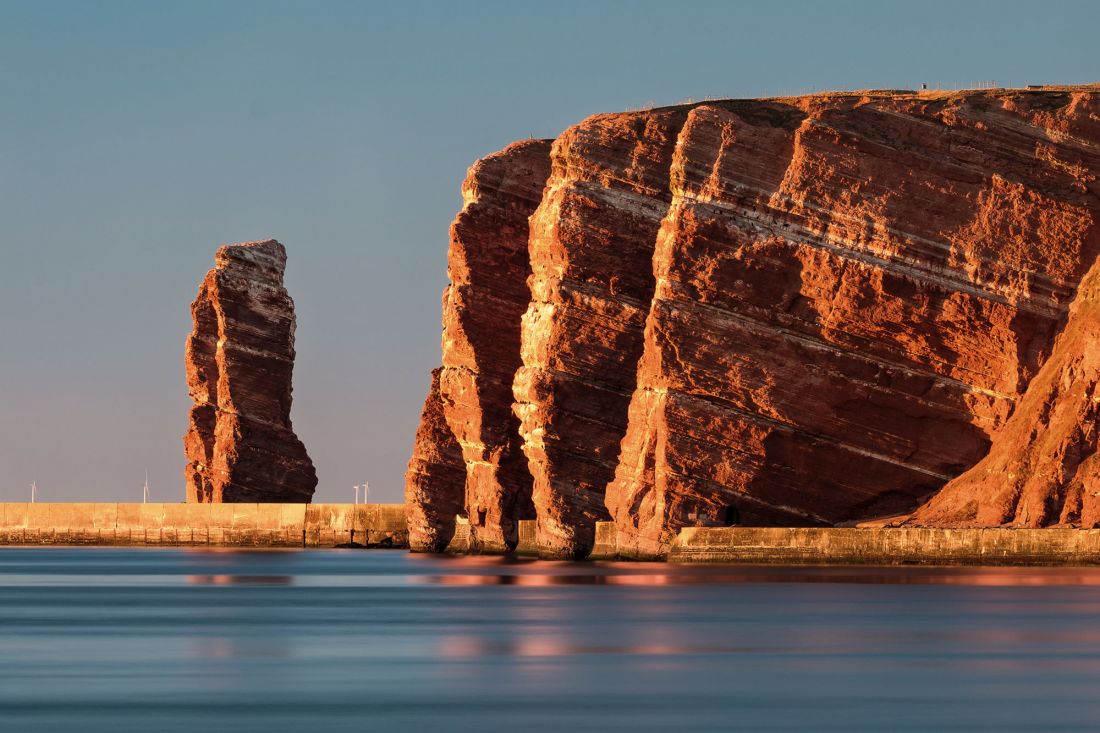
Helgoland
Around 70 km from the mainland, the mighty red sandstone cliffs with green land rise out of the water and present themselves to you with unique flora and fauna and a mild oceanic climate favoured by the nearby Gulf Stream. Even the journey by ship or catamaran is an experience in itself. Upon arrival at the harbour, visitors pass one of the island's landmarks – the colourful lobster shacks. Where fishermen once stored their equipment, today a maritime mile with small exhibitions, art and bistros invites you to stroll and browse. A good 1,200 people live on the ‘Red Rock’, which is only one square kilometre in size and belongs to the federal state of Schleswig-Holstein. The main island is divided into Unterland, Mitteland and Oberland. Visitors can reach the Oberland either by climbing 184 steps on foot or by taking a lift. The magnificent view makes a walk along the 2.8-kilometre-long cliff path particularly worthwhile. It also passes Heligoland's most famous landmark – the ‘Lange Anna’, a narrow red sandstone block.

